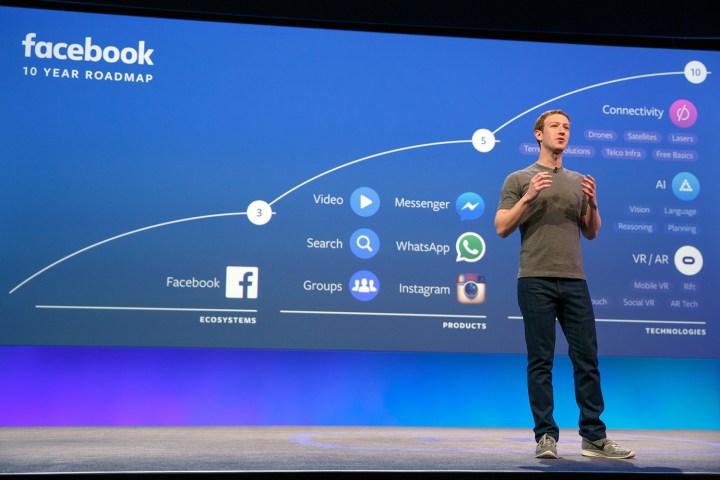
With its Acquila drones, Facebook said it set a record with millimeter-wave radio, the technology it’s using to beam internet from the stratosphere to terrestrial microwave dishes. Engineers achieved a speed of 36Gbps from a distance of more than 10km, about double last year’s maximum speed of 20Gbps (and fast enough to stream 4,000 Ultra HD (4K) movies simultaneously).
Aquila still has a ways to go — Facebook hasn’t tested the improved millimeter-wave technology on one of its drones yet, instead opting to use a Cessna aircraft circling about four miles away. But it believes that airborne millimeter-wave radio has potential. “The ground-to-air record modeled, for the first time, a real-life test of how this technology will be used,” Yael Maguire, a director for
Facebook is also developing a short-term connectivity solution for emergencies: “Tether-tenna.” The nascent project consists of a Volkswagen Beetle-sized helicopter and flexible antenna that can be “deployed immediately and operate for months at a time.” It’s in the early stages, but Maguire said the Tether-tenna will eventually be able to tap into a fiber line, plug into an electrical source, and then rise hundreds of feet in the air to broadcast a signal.
The challenges are myriad, Maguire said. Tether-tenna prototypes have only been able to operate up to 24 hours continuously, and they need to be able to survive high winds and lightning.
A more permanent solution is Terragraph, Facebook’s effort to replace fiber connections in “dense urban areas.” Speaking onstage at the F8 conference,
Terragraph, like Aquila, relies on open wireless standards to beam millimeter radio waves between wireless nodes. But unlike Acquila, the transmitters are mounted on telephone poles and Ethernet or Wi-Fi hubs mounted on the exteriors of buildings. Facebook said a single distribution node currently maxes out at 2.1Gbps, but that it expects speeds to improve as testing continues.
It’s not perfect. Millimeter wave signals are prone to interference from water, and can’t travel through walls or windows. But ARIES, a new antenna design from Facebook’s Connectivity Lab, will help mitigate the issues. It’s single-base station is capable of eliminating noise and supporting as many as 24 different devices on the same spectrum,
“Slow internet speed is especially prevalent in developing economies where mobile networks are often unable to achieve data rates better than 2G” Facebook explained in a blog post. “Developed economies are hampered by Wi-Fi and LTE infrastructure that is unable to keep up with the exponential consumption of photos and video at higher and higher resolutions.”


